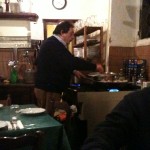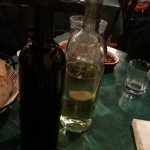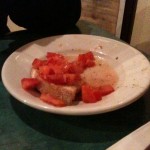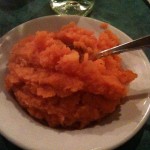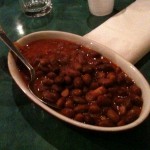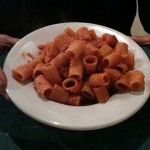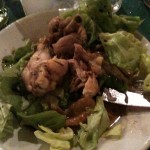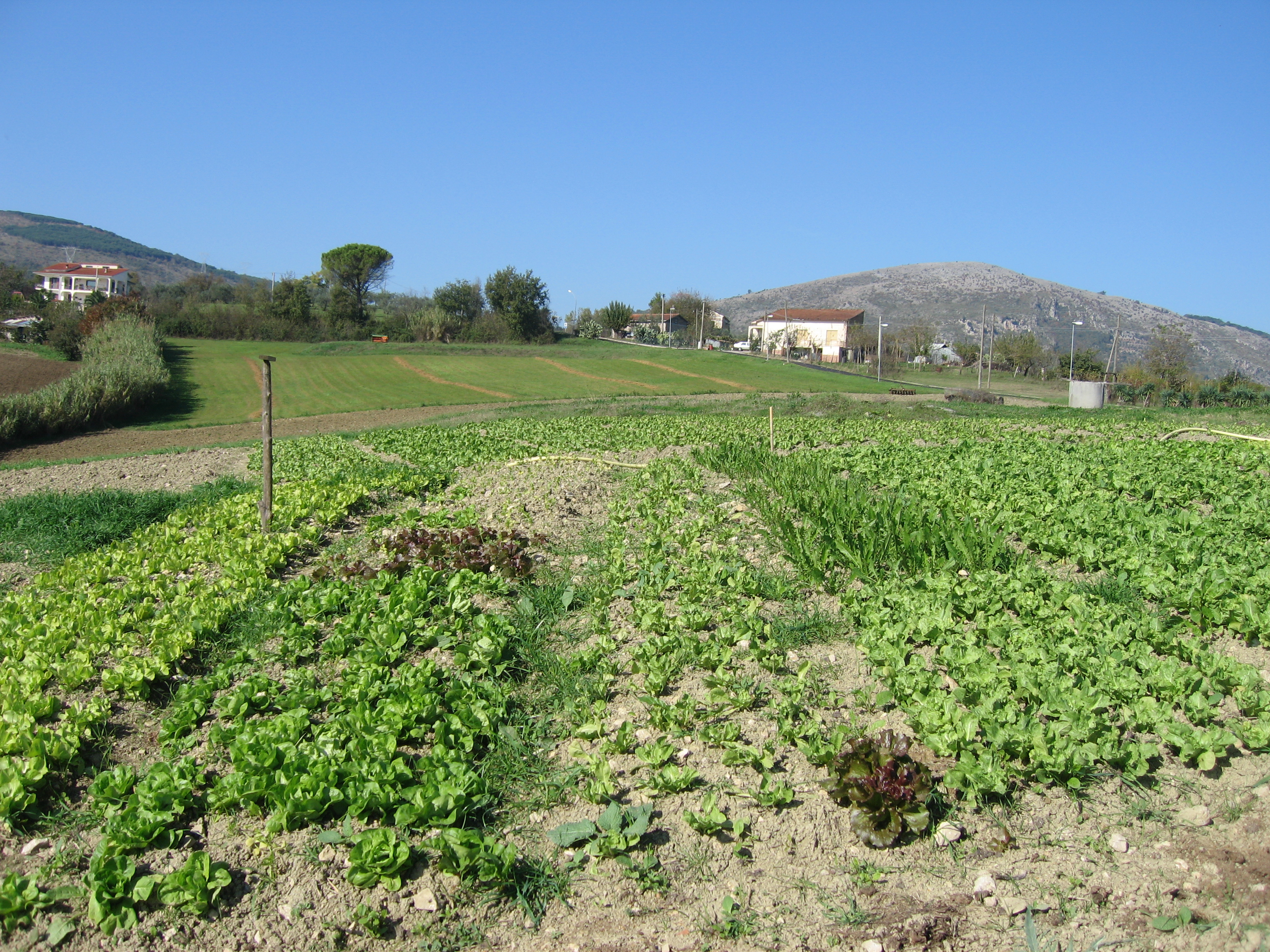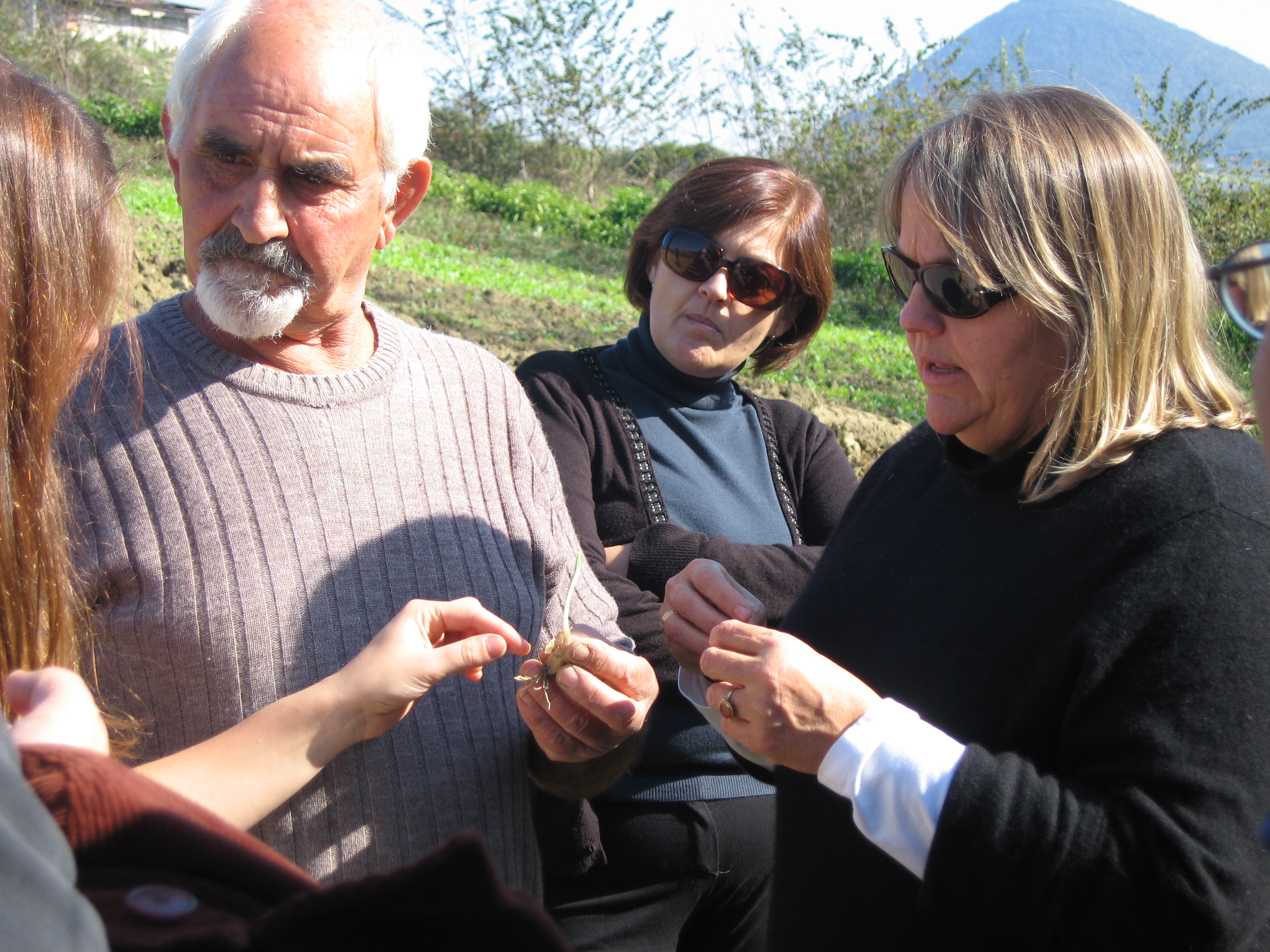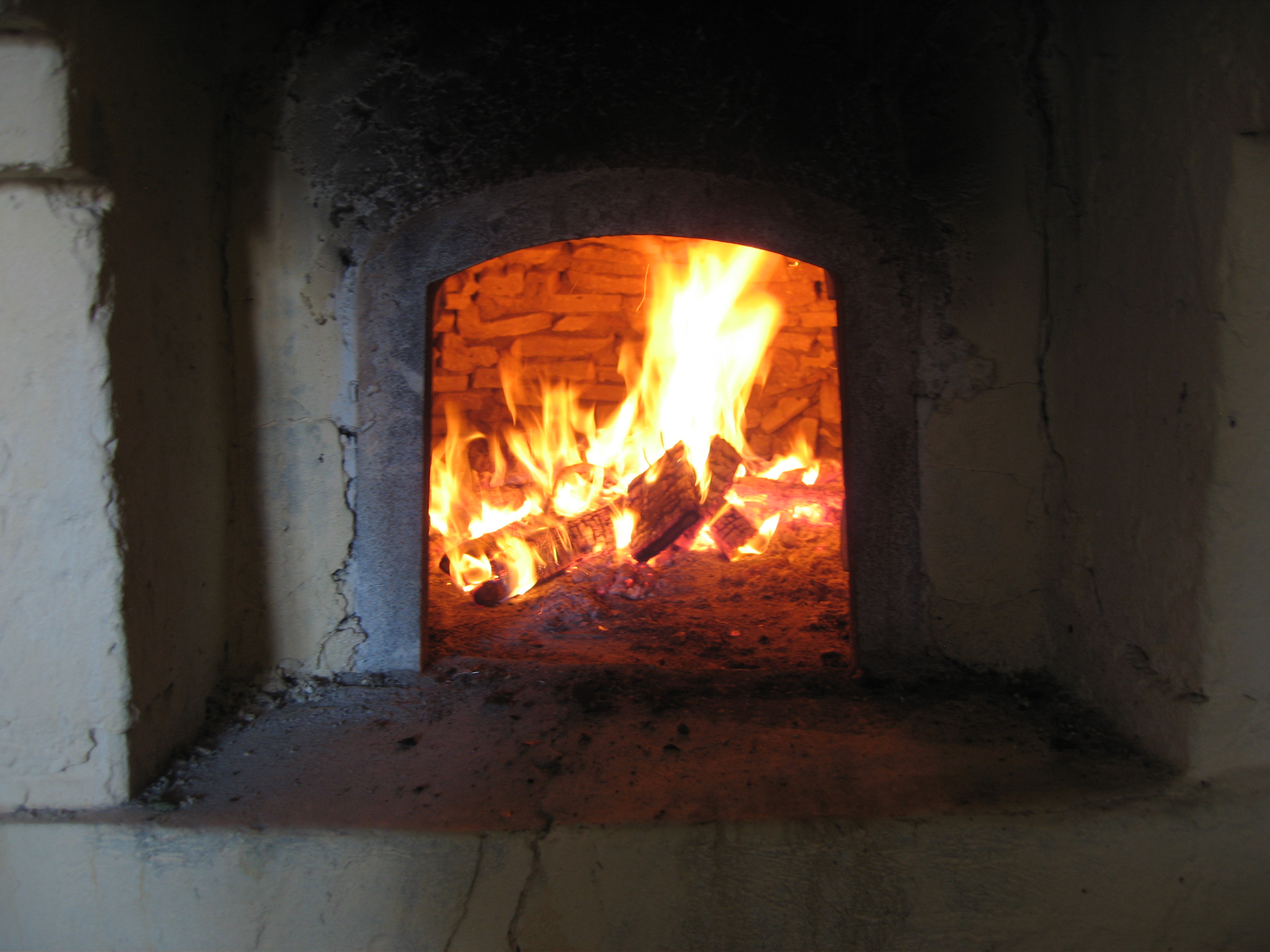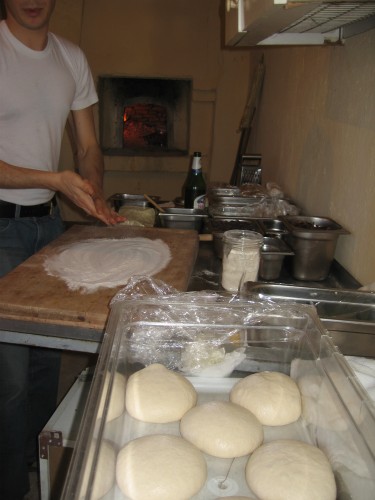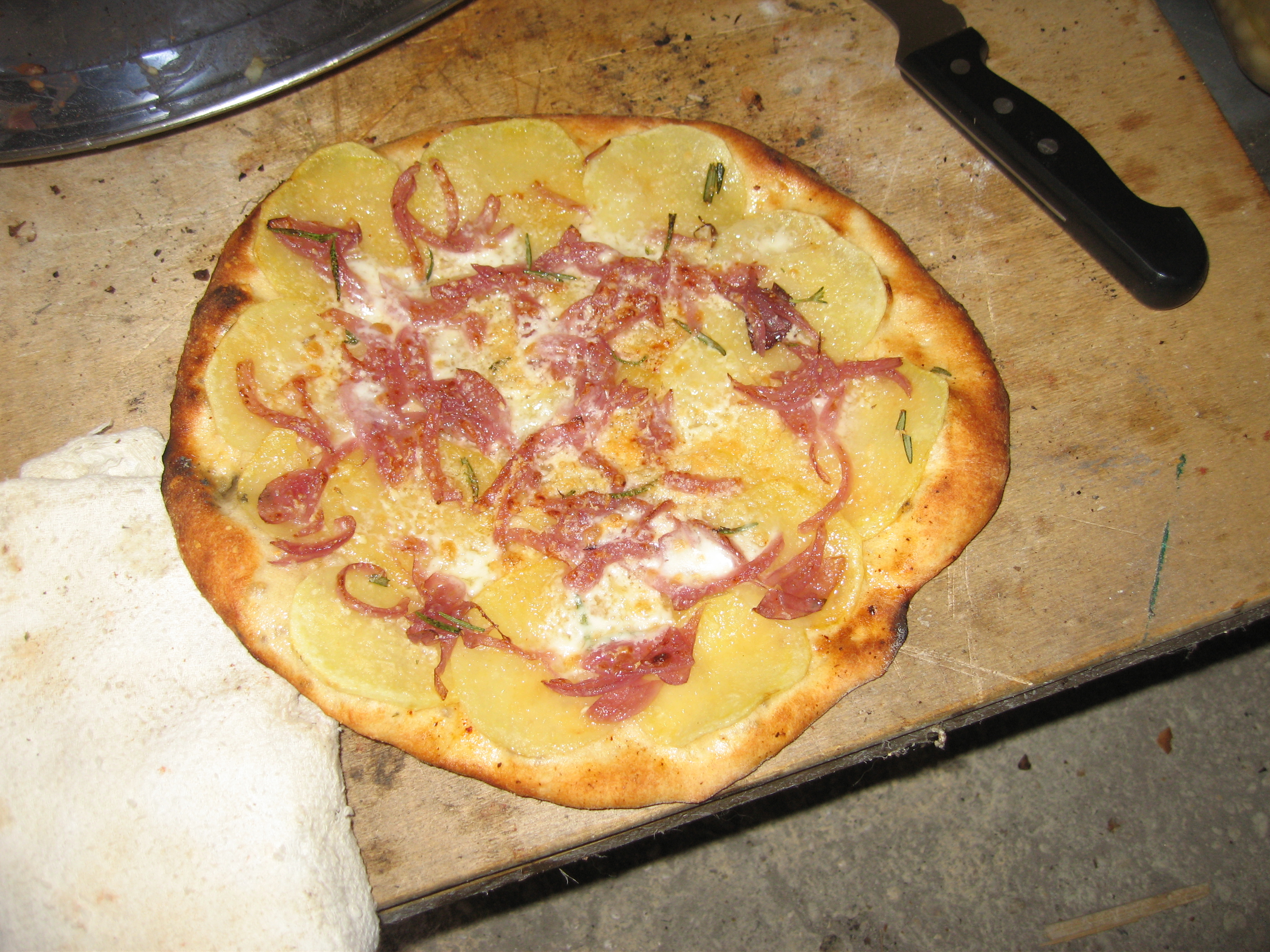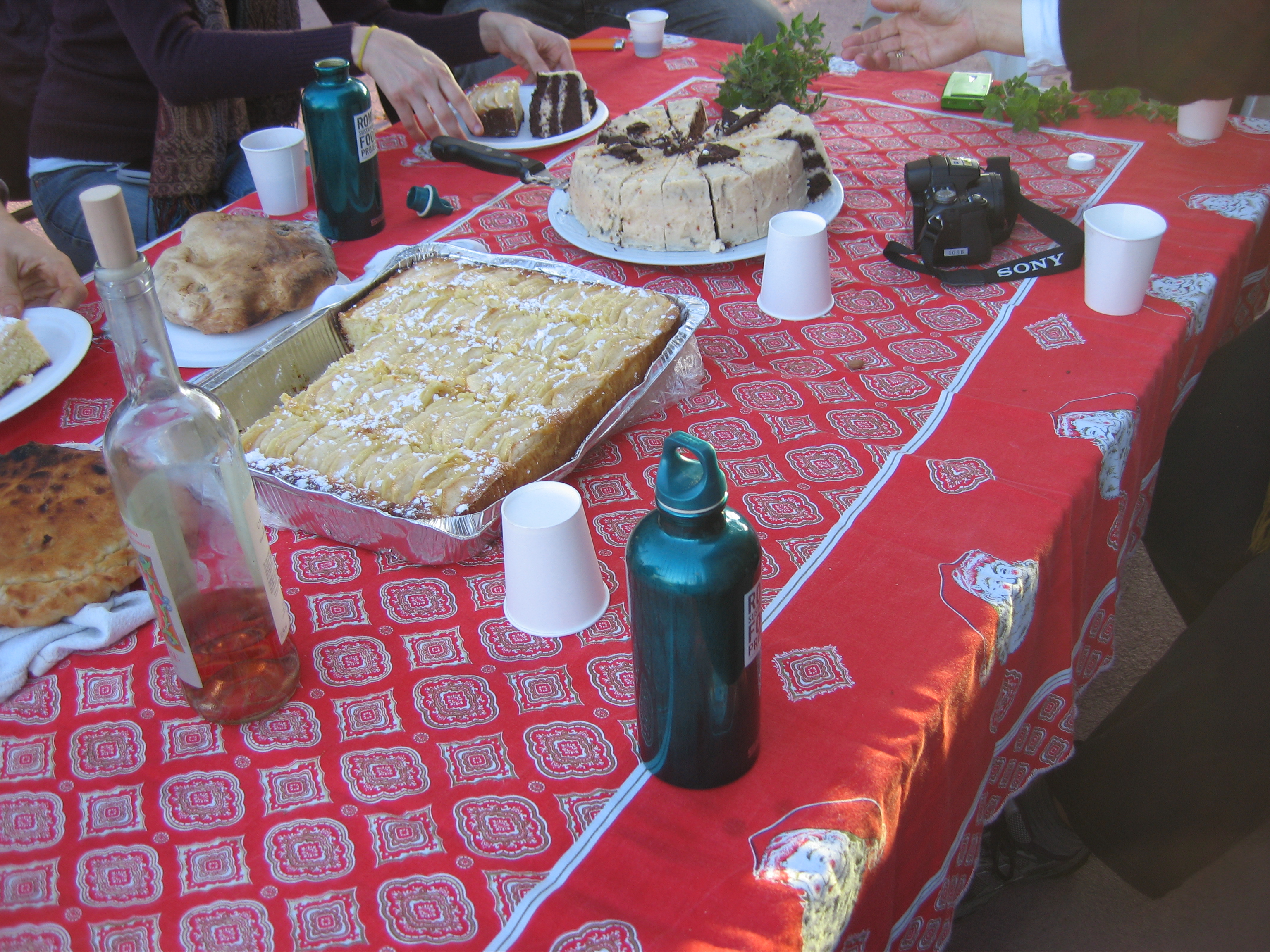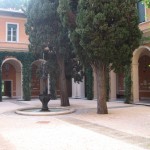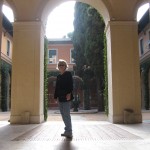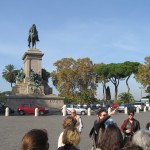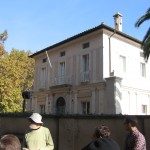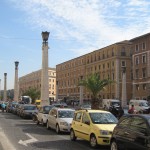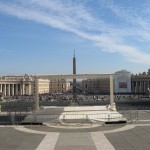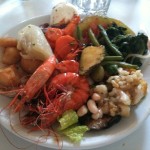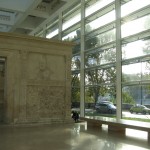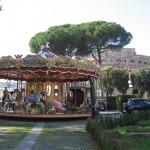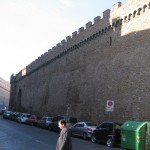In Rome, Giovedi e gnocchi. It’s not a joke. We decided to see what all the fuss was about…. except we’re broke and haven’t had a good gnocchi outside the AAR gates yet — so we just busted it out. This is gnocchi a la Miles Grande.
First we roasted about 12 of Giovanni Bernabei’s floury (dry and flaky — so you can use less flour) potatoes in a static 180°C oven for about 35 minutes until they were cooked through. Stick a knife in, if it goes in easily they’re ready. We roasted the potatoes on little beds of rock salt so they aren’t touching the metal pan directly. No pics for this, imagine it.
While the taters are roasting get your eggs and flour ready. We used two whole eggs and 00 flour. Use what you’ve got. Finer flour has more gluten and just affects the length of the gluten. Using other types of flour can affect the texture of the gnocchi. Semolina is a nice choice as well, according to Miles.

When the potatoes are done, peel them immediately into a ricer and rice them onto a tray. Rice means pass them through a thing that looks kind of like a garlic crusher but bigger and with larger holes.


When you’ve got them all riced, grab some egg and sprinkle it over the potatoes. For 12 potatoes we used about one and half eggs. We did not beat them first, just grabbed the yolks and whatever white came along for the ride.


Next, add flour little by little. The goal is to add as little as possible. As soon as it starts feeling like a dough, STOP adding. Knead it a little until you can press your finger into the dough ball and see a little rebound. That’s the gluten from the flour working its magic.


Cut off small chunks of dough and roll them out into half-inch rolls. Grab the roll on the eft and cut off 3/4 to 1 inch pieces. Throw them onto a flour-sprinkled tray.



Miles made a great sauce with some leftover pork chunks, carrot, onion, celery, parsley and chicken stock. He kept adding stock and reducing until it was a bit thick and super concentrated. And delicious.

Cook the little gnocci until they float in salted water. They should be toothy but shouldn’t taste like uncooked flour.

